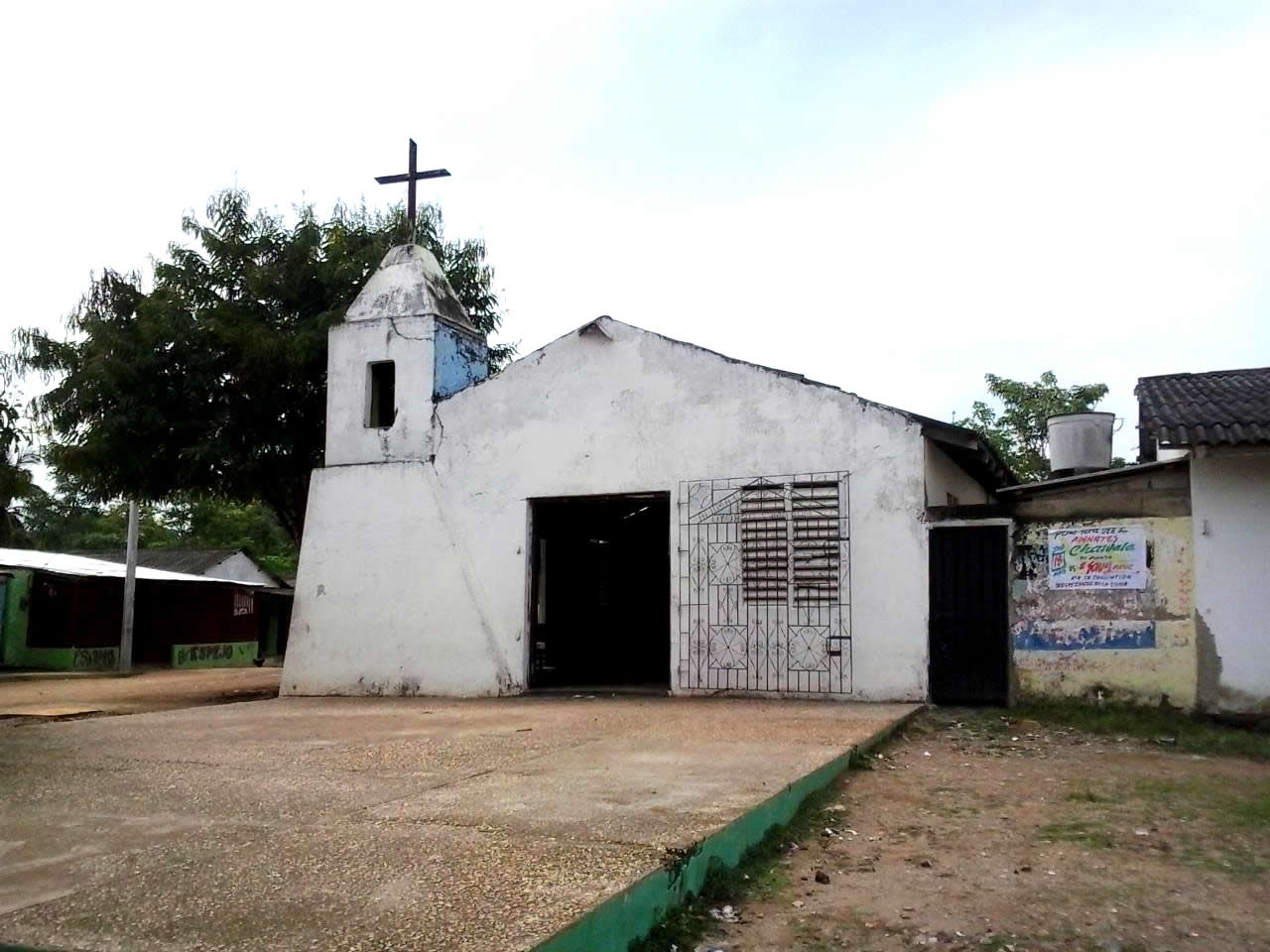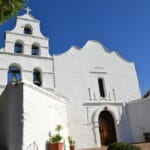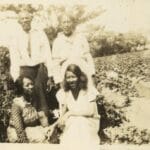San Basilio de Palenque, a vibrant town nestled in the foothills of the Montes de María in Colombia, stands as a powerful symbol of resistance and cultural survival. Founded in the 16th century by formerly enslaved Africans, it holds the unique distinction of being the first free town in the Americas. This article delves into the rich history, vibrant culture, and enduring resilience of this remarkable community.
A Glimpse into Palenque’s Past
San Basilio de Palenque is more than just a historical landmark; it’s a living testament to the indomitable human spirit. Led by the legendary Benkos Biohó, escaped enslaved Africans sought refuge in the rugged terrain of northern Colombia. This strategic location, which the name “palenque” (meaning “walled city”) suggests, offered natural defenses against recapture. In 1603, after years of resistance, the Spanish Crown formally acknowledged a “capitulation of peace,” followed by a Royal Decree in 1713 officially recognizing Palenque’s autonomy. This occurred over two centuries before Colombia’s own independence from Spain, showcasing the Palenqueros’ unwavering commitment to freedom.
The Cultural Heartbeat of Palenque
Over the centuries, San Basilio de Palenque has cultivated a unique cultural tapestry, interweaving African traditions with Spanish colonial influences. Central to this cultural blend is the Palenquero language, a creole language blending Spanish and Bantu languages unique to this community. Some scholars even suggest that certain linguistic elements may have even older roots, hinting at deeper historical connections. This language, still spoken today, serves as a vibrant link to their ancestors and provides valuable insights into the linguistic adaptations of enslaved communities. Music and dance pulse through the heart of Palenque, echoing stories of struggle, joy, and everyday life. The rhythmic beat of drums and soulful melodies create a soundscape that connects the present generation with its rich past. Palenque’s cuisine offers a delicious fusion of African and Colombian flavors, passed down through generations.
Global Recognition and Ongoing Legacy
In 2005, UNESCO recognized San Basilio de Palenque as a “Masterpiece of the Oral and Intangible Heritage of Humanity,” acknowledging its extraordinary role in preserving African cultural traditions. This recognition underscores the global significance of Palenque’s heritage and contributes to ongoing research into the community’s language, cultural practices, and historical evolution. Today, the Palenqueros, the proud inhabitants of San Basilio de Palenque, continue to celebrate their heritage while embracing the modern world. They welcome visitors as honored guests, inviting them to share in the vibrant culture and unwavering spirit of this unique community. For those interested in learning more about the struggle against injustice, investigate the ruby bridges timeline, which tells the story of a young girl’s fight for integration. For a glimpse into artistic representations of suffering and resilience, consider exploring the rottgen pieta, a powerful Romanesque sculpture.
Key Points of San Basilio de Palenque:
- First free town of Africans in the Americas, founded in the 16th century by formerly enslaved individuals led by Benkos Biohó.
- Recognized as a “Masterpiece of the Oral and Intangible Heritage of Humanity” by UNESCO in 2005.
- Vibrant, living community that maintains a unique cultural blend of African heritage, Spanish colonial influence, and its own creole language, Palenquero.
- Language, music, and food traditions are central to the community’s identity and have been passed down through generations.
- Palenqueros are proud keepers of their heritage while embracing the modern world.
- Visitors are welcomed guests and can experience the village’s resilience and vibrant culture firsthand.
What Makes San Basilio de Palenque Special?
San Basilio de Palenque is extraordinary for several reasons. First and foremost, its historical significance as the first free town in the Americas cannot be overstated. Founded during a time when slavery was rampant, its existence stands as a beacon of hope and resistance. The community’s unwavering fight for freedom, culminating in official recognition from the Spanish Crown, is a testament to the enduring human spirit.
Beyond its history, Palenque’s vibrant culture distinguishes it from any other place. The Palenquero language, a unique blend of Spanish and Bantu languages, provides valuable insights into the linguistic evolution of isolated communities. Researchers continue to study Palenquero, hoping to uncover further links to its African roots. Music and dance, deeply ingrained in Palenque’s cultural fabric, offer dynamic expressions of identity and powerful connections to African heritage. Scholars are exploring how these artistic forms have evolved, incorporating Colombian influences while preserving their distinct African character. UNESCO’s recognition further solidifies Palenque’s importance as a cultural treasure, safeguarding a unique blend of traditions for future generations. While much is known about this unique community, ongoing research suggests there is still more to learn, hinting at potentially even older origins for some cultural practices.
Was Slavery Present in San Basilio de Palenque?
San Basilio de Palenque was not a place of slavery, but rather a refuge from slavery. It was established by escaped enslaved Africans who sought freedom from forced labor and oppression. The community’s location in the remote, mountainous region provided a natural defense against recapture. The very name “palenque,” meaning “walled city,” suggests a place designed for protection and autonomy.
Within Palenque’s walls, a unique culture flourished. People from diverse African backgrounds came together, merging their languages and traditions to form something new. The Palenquero language emerged from this fusion, a powerful symbol of cultural survival that likely evolved in hushed tones and covert conversations. While details of daily life in early Palenque remain somewhat obscure, the challenges of building a community from scratch in a hostile environment were undoubtedly immense. The memory of slavery likely fostered a strong sense of unity and mutual support, shaping Palenque’s social structure. Ongoing historical research continues to unravel the complexities of Palenque’s past, enriching our understanding of this extraordinary community.
How to Reach San Basilio de Palenque
Reaching San Basilio de Palenque, located approximately 50 km (30 miles) southeast of Cartagena, is relatively straightforward. Several transportation options cater to various budgets and travel styles.
From Cartagena to San Basilio de Palenque:
Step 1: Choose Your Transportation:
Bus: The most economical option, with regular departures from Cartagena’s main bus terminal. This allows for interaction with locals and offers scenic views of the Colombian countryside. Expect a journey of about 1.5 to 2 hours. It is essential to verify current schedules and prices directly with bus companies.
Private Transport: Hiring a taxi or private driver provides a more direct and comfortable journey, offering flexibility for stops and personalized insights. This option is generally quicker, particularly when traveling in a group to share expenses. Secure price agreements beforehand.
Organized Tour: If planning isn’t your strength, a guided tour offers a hassle-free experience. Tours typically handle transportation, offer insights from knowledgeable guides, and may include meals or other activities. Research reputable tour operators and compare inclusions and prices.
Step 2: Consider Travel Time: The road trip typically takes 1.5-2 hours but can vary due to traffic. Allow extra time for unforeseen delays.
Step 3: Embrace the Experience: Upon arrival, immerse yourself in the vibrant energy and rich history of San Basilio de Palenque. Take time to explore the village, interact with residents, and savor the unique Afro-Colombian culture.
Tips for Your Visit:
- Respect Local Customs: Be mindful of local etiquette and traditions.
- Support Local Businesses: Purchase souvenirs and try local cuisine to contribute directly to the community.
- Consider an Overnight Stay: An overnight stay offers deeper cultural immersion.
- Plan Around Festivals: If possible, time your visit for the annual Festival de Tambores y Cantadoras (Festival of Drums and Singers) for a truly unforgettable experience.
Some scholars believe that some of San Basilio de Palenque’s cultural practices may have even older origins than initially thought. Ongoing research promises to deepen our understanding of this remarkable community. A visit to San Basilio de Palenque is not just a step back in time, but an engagement with a living culture continuously shaping its future.
- Unlock Elemental 2 Secrets: Actionable Insights Now - April 2, 2025
- Lot’s Wife’s Name: Unveiling the Mystery of Sodom’s Fall - April 2, 2025
- Photocell Sensors: A Complete Guide for Selection and Implementation - April 2, 2025

















2 thoughts on “Discovering San Basilio de Palenque: A Journey Through History, Culture, and Resilience”
Comments are closed.